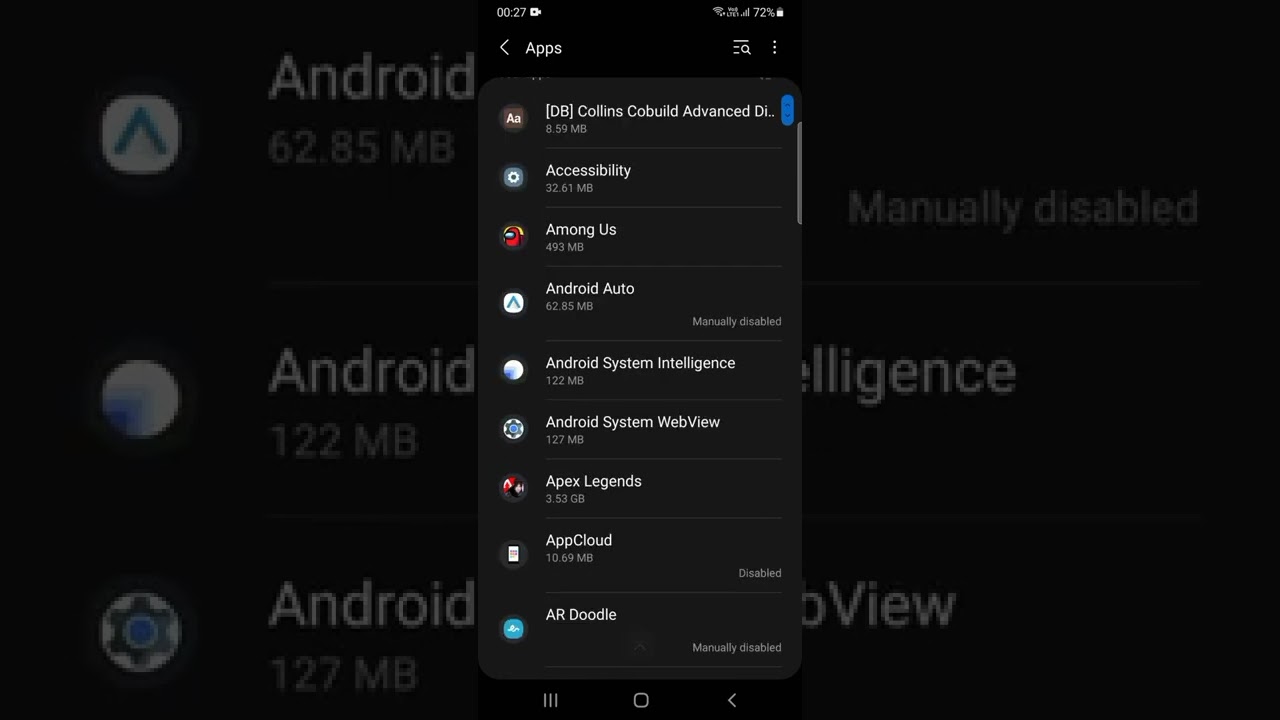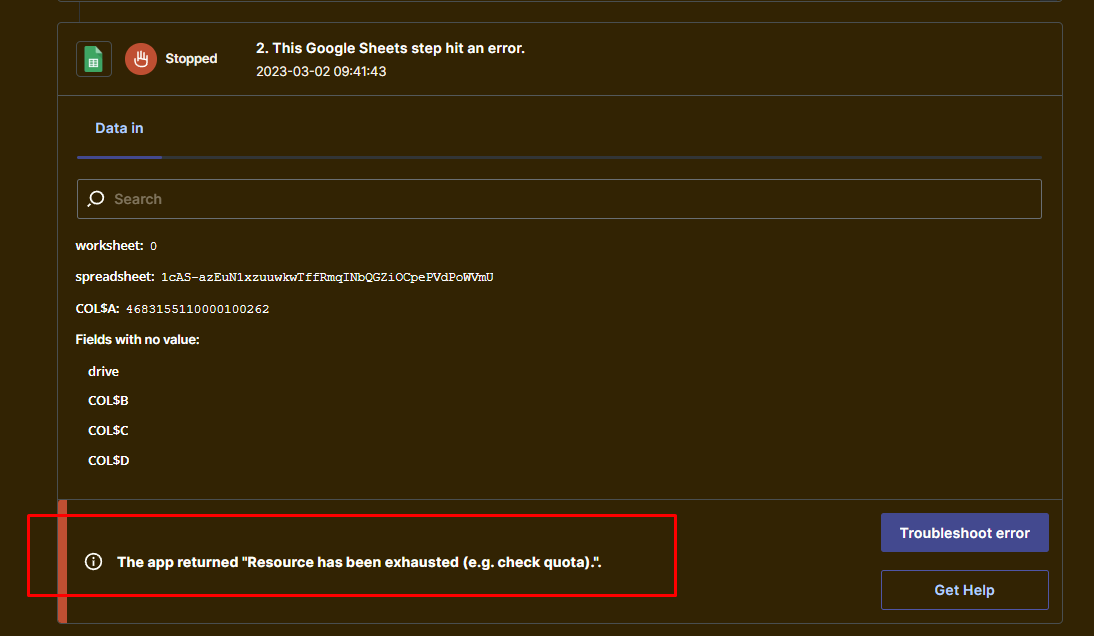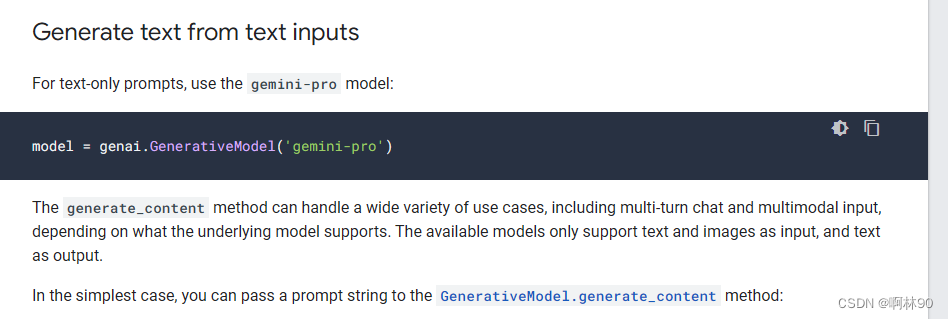Best CRM for call center solutions are vital for modern businesses. Finding the right CRM can significantly improve efficiency, agent productivity, and customer satisfaction. This exploration delves into the key features, integration challenges, and various options available, helping you navigate the complexities of choosing the ideal system for your call center’s specific needs. We’ll cover everything from essential functionalities like call logging and reporting to crucial considerations like security and scalability.
The selection process involves careful consideration of several factors. Understanding your call center’s size, existing infrastructure, and budget is crucial. The ideal CRM will seamlessly integrate with your existing systems, enhance agent performance through insightful data analysis, and provide robust security measures to protect sensitive customer information. This guide aims to clarify the process and help you make an informed decision.
Call Center CRM Features

A robust CRM system is crucial for optimizing call center operations. By centralizing customer interactions, automating tasks, and providing valuable insights, a well-chosen CRM significantly improves agent productivity, customer satisfaction, and overall business efficiency. This section details essential features of a call center-focused CRM.
Call Logging and Call Recording
Call logging and recording are fundamental features in a call center CRM. Call logging automatically captures essential data for each interaction, including date, time, caller ID, call duration, and agent handling the call. This detailed record provides a comprehensive history of customer interactions, enabling efficient follow-up and issue resolution. Call recording, while subject to privacy regulations and requiring proper consent, allows for quality assurance, agent training, and dispute resolution.
Analyzing recorded calls identifies areas for improvement in agent performance and call handling processes.
Integrated Phone Systems
Integrating the CRM with the phone system creates a seamless workflow. Features like click-to-dial, automatic call distribution (ACD), and predictive dialing dramatically improve agent efficiency. Click-to-dial allows agents to initiate calls directly from the CRM interface, eliminating manual dialing and reducing errors. ACD intelligently routes calls based on predefined criteria, ensuring that calls are handled by the most appropriate agent.
Predictive dialing automatically predicts and dials the next number, maximizing agent talk time and increasing call volume. The integration also ensures that customer data is readily available to the agent during the call, enhancing personalization and reducing the need for repetitive information gathering.
Real-Time Reporting and Analytics Dashboards
Real-time reporting and analytics dashboards provide crucial insights into call center performance. These tools offer immediate visibility into key metrics such as call volume, average handling time (AHT), call resolution rate, and agent performance. Managers can use this data to identify bottlenecks, optimize staffing levels, and make data-driven decisions to improve operational efficiency. Customized dashboards allow for tracking of specific metrics relevant to individual call center goals, facilitating proactive problem-solving and continuous improvement.
For example, a dashboard might highlight a sudden spike in call volume related to a specific product launch, allowing for immediate adjustments in resource allocation.
Comparison of Top CRM Systems
The choice of CRM depends on specific needs and budget. Below is a comparison of some leading systems, though features and pricing can change. Always verify directly with the vendor for the most up-to-date information.
| CRM Name | Key Features | Pricing Model | Integrations |
|---|---|---|---|
| Salesforce Service Cloud | Call center features, omnichannel support, robust reporting, AI-powered tools | Subscription-based, tiered pricing | Numerous integrations with other Salesforce products and third-party apps |
| Zendesk Support | Ticketing system, call center features, knowledge base, analytics | Subscription-based, tiered pricing | Integrates with various communication channels and business tools |
| Five9 | Cloud-based contact center platform, omnichannel routing, workforce optimization tools | Subscription-based, per-agent pricing | Integrates with various CRM systems and other business applications |
| Talkdesk | Cloud contact center, AI-powered features, omnichannel support, analytics | Subscription-based, per-agent pricing | Integrates with various CRM and other business applications |
Integration with Existing Systems
Integrating a new CRM into an established call center environment presents unique challenges. The existing infrastructure, often involving multiple legacy systems, needs to seamlessly communicate with the new CRM to avoid disruptions and maximize efficiency. Successfully navigating these complexities requires careful planning, robust testing, and a deep understanding of both the CRM’s capabilities and the limitations of the existing technology.The primary challenge lies in the diverse range of technologies typically found within a call center.
Automatic Call Distributors (ACDs), Interactive Voice Response (IVR) systems, phone systems (PBX), and potentially even older ticketing or knowledge base systems all need to interact smoothly with the new CRM. Data inconsistencies, differing data formats, and integration complexities can lead to delays, inaccuracies, and ultimately, a frustrating experience for both agents and customers. Furthermore, the integration process itself can be time-consuming and resource-intensive, requiring specialized expertise and significant upfront investment.
Challenges of Integrating a CRM with Call Center Technologies
Integrating a CRM with existing call center technologies, such as ACDs and IVRs, can present several obstacles. Data synchronization between systems is crucial, but inconsistencies in data formats and structures can cause integration failures. For instance, customer information may be stored differently in the ACD and the CRM, leading to duplicated or conflicting records. Real-time data exchange is also critical for efficient agent workflows; delays in information transfer can hamper agent productivity and customer service quality.
Finally, security considerations are paramount; ensuring data integrity and preventing unauthorized access during integration are essential to maintaining compliance and protecting sensitive customer information. The complexity increases exponentially with a greater number of legacy systems.
Best Practices for Smooth CRM Integration
A phased approach to integration minimizes disruption and allows for thorough testing at each stage. Starting with a pilot program involving a small subset of agents and features allows for early identification and resolution of issues. Choosing a CRM with robust API capabilities simplifies the integration process, enabling seamless data exchange and automation. Investing in skilled integration specialists is crucial; their expertise ensures efficient and reliable connections between systems.
Comprehensive testing is essential to identify and address any integration issues before a full rollout. Finally, establishing clear communication channels between IT, the call center team, and the CRM vendor ensures that any challenges are addressed promptly and effectively.
Examples of Successful CRM Integrations
Many successful CRM integrations leverage APIs to connect with various communication platforms. For example, a cloud-based CRM might integrate with a VoIP phone system via an API, allowing agents to access customer information directly within their phone interface. Another example is the integration of a CRM with a help desk ticketing system; this enables seamless tracking of customer interactions across multiple channels.
In a more complex scenario, a CRM might integrate with an ACD, IVR, and a knowledge base, providing agents with a holistic view of customer interactions and access to relevant information, thereby streamlining the customer service process.
Workflow Diagram Illustrating CRM and Call Center Data Flow
Imagine a diagram depicting a typical call center infrastructure. The diagram would show customer calls entering the IVR system. The IVR system routes the call based on customer input (e.g., account number, reason for calling). The ACD then distributes the call to an available agent. Simultaneously, the IVR and ACD systems send customer data (e.g., phone number, call reason) to the CRM.
The CRM retrieves existing customer information and displays it to the agent. During the call, the agent updates the CRM with information about the interaction (e.g., resolution, notes). After the call, the CRM automatically updates the customer’s record and generates reports on call metrics. This continuous flow of data ensures a consistent and up-to-date view of customer interactions across all systems.
Agent Productivity and Performance: Best Crm For Call Center
A robust CRM system significantly impacts agent productivity and overall call center efficiency. By streamlining workflows, providing readily accessible customer information, and offering powerful analytical tools, a well-implemented CRM empowers agents to handle more calls, resolve issues faster, and enhance the customer experience. This translates directly into improved key performance indicators (KPIs) and a more profitable operation.
CRM features directly enhance agent productivity by centralizing customer data, eliminating the need for agents to search across multiple systems. Automated workflows, such as call routing and task assignments, reduce manual effort and allow agents to focus on customer interactions. Real-time access to customer history, past interactions, and relevant notes ensures agents are well-informed and can personalize their service.
Furthermore, integrated knowledge bases provide quick access to solutions, reducing resolution times and improving first-call resolution rates.
Key Metrics for Measuring Agent Performance
Effective measurement is crucial for understanding agent performance and identifying areas for improvement. A CRM system provides the data needed to track several critical metrics. These metrics go beyond simple call volume and include more nuanced indicators of efficiency and customer satisfaction.
Key performance indicators (KPIs) often tracked within a CRM-driven call center include average handling time (AHT), first call resolution (FCR), customer satisfaction (CSAT) scores, call abandonment rate, and agent occupancy. Analyzing these metrics provides a holistic view of agent performance, allowing managers to pinpoint strengths and weaknesses, and tailor training programs accordingly. For example, a consistently high AHT might indicate a need for improved training on specific processes or product knowledge, while low FCR rates could point to gaps in agent knowledge or inadequate access to resources.
Tracking CSAT scores, gathered through post-call surveys integrated into the CRM, offers direct feedback on the quality of customer interactions.
Improving Agent Training and Development with CRM Data
CRM data provides invaluable insights for targeted agent training and development. By analyzing performance metrics, managers can identify specific areas where agents need improvement. For example, if data shows a high number of escalated calls related to a particular product, training can be focused on enhancing agent expertise in that area.
CRM systems often incorporate features for performance analysis and reporting, creating visual representations of agent performance against key metrics. This data allows for personalized training plans, focusing on individual agent needs rather than a one-size-fits-all approach. Furthermore, the CRM can track the effectiveness of training initiatives by monitoring changes in performance metrics after training programs are implemented. This data-driven approach to training ensures resources are used effectively and leads to measurable improvements in agent skills and performance.
For instance, if post-training data shows an improvement in FCR for a specific product, it validates the effectiveness of the training program and provides valuable information for future training initiatives.
Features Enhancing Agent Efficiency and Customer Satisfaction
Several CRM features directly contribute to increased agent efficiency and improved customer satisfaction. These features work synergistically to optimize the entire call handling process.
A list of features that directly improve both agent efficiency and customer satisfaction includes: automated call distribution (ACD), interactive voice response (IVR), integrated knowledge bases, call recording and monitoring capabilities, scripting tools for standardized interactions, and seamless integration with other business systems (such as inventory management or order processing). These features, when effectively utilized, minimize agent workload, reduce handling times, and enhance the overall customer experience.
For example, an integrated knowledge base empowers agents to quickly access relevant information, leading to faster resolution times and increased customer satisfaction. Similarly, call recording and monitoring tools allow for quality assurance and identification of areas for improvement in agent performance, directly benefiting both agents and customers.
Customer Relationship Management (CRM) Software Options

Choosing the right CRM for a call center is crucial for optimizing operations and improving customer satisfaction. The market offers a wide variety of options, each with its own strengths and weaknesses. Careful consideration of features, scalability, and integration capabilities is essential for a successful implementation.
Comparison of Three CRM Systems for Call Centers
Three popular CRM systems frequently used by call centers are Salesforce Service Cloud, Zendesk, and Five9. Salesforce Service Cloud, a robust and feature-rich platform, excels in handling complex customer interactions and offers advanced analytics. Zendesk, known for its user-friendly interface and strong omnichannel capabilities, is a good choice for businesses needing a simpler, more intuitive system. Five9, a cloud-based contact center platform, integrates seamlessly with other business tools and offers comprehensive call center functionality.
Salesforce boasts superior scalability and customization options, but it may come with a steeper learning curve and higher cost compared to Zendesk. Zendesk provides a strong balance of features and ease of use, while Five9 is ideal for businesses prioritizing seamless integration and robust call center management tools. The best choice ultimately depends on the specific needs and budget of the call center.
User Interface and Experience of a Leading Call Center CRM
Salesforce Service Cloud provides a prime example of a sophisticated call center CRM user interface. The dashboard is customizable, allowing agents to prioritize tasks and access key customer information quickly. A unified view of customer interactions – encompassing calls, emails, chats, and social media – streamlines agent workflow. Intuitive navigation and readily accessible tools minimize the time spent searching for information, maximizing efficiency.
Visual cues, such as color-coded flags for priority cases, ensure agents handle urgent requests promptly. The interface is designed to be both powerful and accessible, accommodating diverse skill levels within the call center team. Built-in features such as knowledge bases and automated workflows further enhance the user experience, leading to improved agent productivity and customer satisfaction.
Examples of Customer Data and Interaction Handling
Different CRMs handle customer data and interactions in varying ways. Salesforce, for instance, uses a comprehensive database to store all customer information, allowing agents to access a complete history of interactions, purchases, and support requests. This enables personalized service and proactive issue resolution. Zendesk, on the other hand, focuses on a more streamlined approach, prioritizing ease of use and quick access to essential customer details.
They emphasize ticket management and efficient communication channels. Five9’s strength lies in its call center-specific features, meticulously recording call details, including call duration, agent performance metrics, and customer sentiment analysis. These differences highlight the diverse approaches to data management and the importance of selecting a CRM that aligns with the specific needs of the call center.
Cloud-Based vs. On-Premise CRM Solutions for Call Centers
The choice between cloud-based and on-premise CRM solutions presents significant considerations for call centers.
- Cloud-Based CRM Pros: Scalability, accessibility from anywhere, lower upfront costs, automatic updates, reduced IT maintenance.
- Cloud-Based CRM Cons: Dependence on internet connectivity, potential security concerns, vendor lock-in, limited customization in some cases.
- On-Premise CRM Pros: Greater control over data security, customization options, no reliance on internet connectivity.
- On-Premise CRM Cons: Higher upfront costs, ongoing IT maintenance requirements, limited accessibility, slower updates.
Cost and Scalability

Choosing the right call center CRM involves careful consideration of not only its features but also its cost and ability to scale with your business growth. Understanding the various pricing models and how to estimate the total cost of ownership (TCO) is crucial for making an informed decision. Ignoring these aspects can lead to unexpected expenses and hinder your operational efficiency.Pricing models for call center CRMs vary significantly, impacting your budget and long-term financial planning.
Factors such as the number of users, required features, and level of support all influence the final cost. Careful planning and forecasting are essential to avoid overspending or underestimating future needs.
Pricing Models for Call Center CRMs
Call center CRMs typically employ several pricing models. Per-user pricing charges a fixed fee for each agent or user accessing the system. Per-seat licensing assigns a cost to each individual login, regardless of usage. Tiered pricing structures offer different feature sets and user limits at varying price points, allowing businesses to select a package that best aligns with their needs and budget.
Some vendors also offer custom pricing based on specific requirements, allowing for greater flexibility. Understanding these different models is crucial for comparing options effectively.
Factors Affecting CRM Scalability
Scalability refers to a CRM’s ability to adapt to changing business needs, particularly increases in user numbers, data volume, and feature requirements. Several factors influence a CRM’s scalability. These include the CRM’s underlying architecture (cloud-based solutions generally offer better scalability than on-premise systems), the vendor’s infrastructure capacity, and the CRM’s ability to integrate with other systems. Consider future growth projections when evaluating scalability.
A system that easily handles increasing call volumes and agent numbers will prevent costly upgrades or replacements down the line.
Estimating Total Cost of Ownership (TCO)
Estimating the TCO for a CRM system requires a comprehensive approach. It goes beyond the initial licensing fees to include factors such as implementation costs (consultant fees, data migration, training), ongoing maintenance fees, support costs, and potential upgrades. For example, a system with a lower initial price might have higher ongoing maintenance costs, ultimately making it more expensive in the long run.
Consider these hidden costs to create a realistic budget. A robust TCO analysis will help you make a financially sound decision. The formula for estimating TCO can be represented as:
TCO = Initial Cost + Implementation Cost + Ongoing Maintenance Cost + Support Cost + Upgrade Cost
Comparison of CRM Scalability and Pricing
The following table compares the scalability and pricing of three hypothetical CRM options – “CRM A,” “CRM B,” and “CRM C” – to illustrate the variations in pricing models and scalability capabilities. These are examples and actual pricing and features will vary significantly depending on the vendor and specific requirements.
| CRM Option | Pricing Model | Scalability | Approximate Monthly Cost (10 Users) | Approximate Monthly Cost (50 Users) |
|---|---|---|---|---|
| CRM A | Per-user | Moderate | $500 | $2500 |
| CRM B | Tiered (Mid-tier) | High | $750 | $1500 |
| CRM C | Per-seat | Low | $400 | $2000 |
Security and Compliance

Protecting sensitive customer data is paramount for any call center, and choosing a CRM system with robust security features is crucial. Compliance with relevant regulations is equally vital, ensuring both legal adherence and customer trust. This section details the necessary security measures, compliance requirements, and data management strategies for call center CRMs.
Data Security Measures
A comprehensive security strategy involves multiple layers of protection. This includes implementing robust access controls, utilizing encryption for data both in transit and at rest, and regularly updating the CRM software and its underlying infrastructure to patch vulnerabilities. Multi-factor authentication (MFA) should be mandatory for all users, adding an extra layer of security against unauthorized access. Regular security audits and penetration testing help identify and address potential weaknesses before they can be exploited.
Furthermore, the CRM system should adhere to industry best practices such as the NIST Cybersecurity Framework, providing a structured approach to risk management. Employee training on security best practices is also vital; regular refresher courses reinforce the importance of data protection and safe working practices.
Compliance Requirements
Call center CRMs must comply with various regulations depending on the location and industry. The General Data Protection Regulation (GDPR) in Europe, for example, mandates stringent data protection measures, including obtaining explicit consent for data processing and providing individuals with control over their personal information. The California Consumer Privacy Act (CCPA) in the United States grants California residents similar rights regarding their data.
Other relevant regulations might include HIPAA for healthcare data or PCI DSS for payment card information. Adherence to these regulations requires a thorough understanding of the specific requirements and implementation of appropriate controls within the CRM system. This includes features such as data subject access requests (DSAR) capabilities and mechanisms for data erasure.
Data Backup and Recovery, Best crm for call center
A robust data backup and recovery strategy is essential for business continuity. Regular backups, ideally to multiple locations, should be performed to protect against data loss due to hardware failure, cyberattacks, or natural disasters. The backup strategy should include both full and incremental backups, ensuring efficient recovery in case of data corruption or deletion. A disaster recovery plan should be in place, outlining procedures for restoring the CRM system and data in the event of a major incident.
This plan should be regularly tested to ensure its effectiveness. The chosen CRM system should offer features supporting data replication and failover to minimize downtime during recovery. Examples of best practice include utilizing cloud-based backup services for redundancy and offsite storage, and implementing a version control system to track changes and allow for rollback if necessary.
Best Practices for Data Security and Compliance
Implementing best practices ensures a secure and compliant CRM environment. This includes conducting regular risk assessments to identify and mitigate potential threats, maintaining detailed audit trails to track data access and modifications, and establishing clear data governance policies and procedures. Regular employee training on data security and compliance is crucial, as human error is often a significant factor in security breaches.
Furthermore, adopting a zero-trust security model, where access is granted based on continuous verification rather than implicit trust, enhances security. Finally, engaging with a qualified cybersecurity consultant to conduct independent assessments and provide recommendations can further strengthen the overall security posture.
Conclusion

Ultimately, selecting the best CRM for your call center hinges on a thorough understanding of your operational needs and future scalability requirements. By carefully evaluating features, integration capabilities, cost, and security protocols, you can choose a system that optimizes efficiency, improves agent performance, and enhances the overall customer experience. Remember to prioritize seamless integration with existing systems and robust security measures to protect sensitive data.
The right CRM will be a valuable asset, transforming your call center into a highly efficient and customer-centric operation.
FAQ Compilation
What is the average cost of a call center CRM?
Costs vary widely depending on features, user numbers, and pricing model (per-user, tiered, etc.). Expect a range from hundreds to thousands of dollars per month.
How long does it typically take to implement a new call center CRM?
Implementation time depends on system complexity and the size of your call center. Expect a timeframe ranging from a few weeks to several months.
What are the key performance indicators (KPIs) to track after implementing a CRM?
Key KPIs include average handle time, customer satisfaction scores (CSAT), first call resolution (FCR), agent occupancy, and call abandonment rate.
Can a CRM integrate with all existing phone systems?
While many CRMs offer broad integration capabilities, compatibility depends on your specific phone system. Check for compatibility before purchasing.

